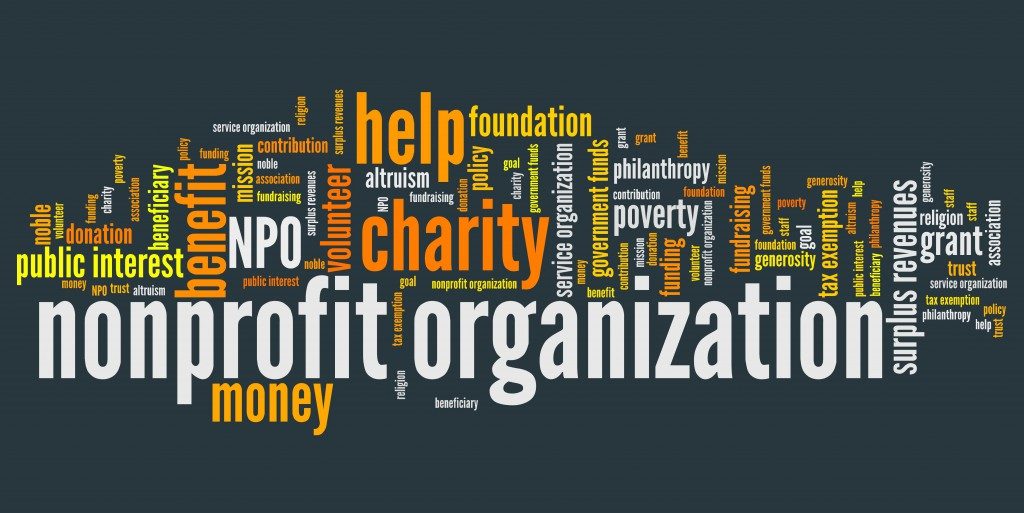
The Internet is awash with websites full of information and advice for businesses covering every aspect of running a successful company. You can find out about business planning, marketing, staff relations, laws and taxes, financial planning, revenue streams, leadership, and a host of other topics. There is a wealth of business knowledge and expertise at your fingertips, and probably a great deal in your own brain as well. Most people also have hobbies, sports and other leisure pursuits that they enjoy participating in, and one of the benefits of having interests outside of work is that they give you a chance to relax, divert your mind, and have a break from your working environment and the accompanying responsibilities.
Before you switch off entirely though, consider whether all the knowledge and expertise you make use of in your job could be applied to the activities and organizations that make up your leisure time.
Marketing
Clubs, societies, charities and amateur sports teams are all examples of organizations that are run not to make a profit, but to facilitate the enjoyment of the activity concerned by as many people as possible. They may survive on membership fees and donations, continuing from year to year precariously close to crossing the break-even line. For a business to prosper, it needs to show itself off and shout about its products and why people should buy them. The same principle applies to non-profit organizations too. The more people know about them, the more membership and support they are likely to get. This, in turn, leads to increased revenue, which can be used to improve facilities and provide more resources. It’s a cycle that makes everyone a winner – the organization improves and grows, and the members have a better experience and thus are happier.

The way to become more widely known is to market your organization in just the same way you would your business. Think of branding to start with. Does the organization have a clear mission and purpose? What sets this organization apart from others doing the same thing? Is your club easily identifiable? If you don’t already have one, or if the one you have isn’t working for you, a new logo can help to increase your organizations profile with the public and potential members. Say you run a soccer club, do you have a symbol that represents you and that people recognize? All professional sports teams have a logo which they use on all their merchandise, communication and team strips. You don’t have to employ a designer to come up with a logo for you either, as there are some excellent tools on the Internet that help you design your own sports logos.
Financial Planning
When you run a business, your financial plans are critical in maintaining effective cash flow and managing investment, liabilities, and growth. A non-profit organization should be doing the same, creating sensible and actionable financial plans, budgets and forecasts that it can use to ensure the club runs smoothly and can cover all of its expenses. The members charged with taking care of finances must be vetted to ensure they are both trustworthy and able to efficiently undertake bookkeeping and other financial roles that the organization relies upon. Business plans aren’t just for commercial companies, they can be used to assess the current position of your non-profit and plan how to achieve the goals you wish to set for the profile of the organization and the rewards of membership. There will be different priorities and rules on taxes, etc. for non-profits, as their purpose is not to make money for its own sake, but as a tool that will fund improvements to the club. You shouldn’t be afraid of being commercially minded in your approach to finances because the outcomes you hope to accomplish are dependant on the revenues you receive, and increased revenue means sound financial planning and marketing strategies.
The human factor
Unless you are already a significant size, it’s unlikely you will have any paid members of staff. You will be reliant on people volunteering their time and skills to run your organization, and it’s essential to be appreciative of their input and not to take them for granted. You should offer praise and gratitude for a job well done, just the same as you would a paid employee. Without volunteers, your organization couldn’t survive, so it makes sense to nurture them. If there’s anything you can do to reward them for their efforts, such as paying for a training course that would benefit the organization but also be good for them personally, it’s well worth the investment.
The flip side of the coin is that because they are volunteering, some people can get the idea that they should be allowed to do as they please and not be subject to any criticism. These folks will always trot out the line about all their sacrifices and hard work when faced with tackling something they don’t wish to do, or if there’s a hint that they might have made a mistake. This is a form of blackmail – let me do as I please or I’m off. These are people you could well be better off without, as their unwillingness to undertake certain tasks or learn from their errors will have a negative effect on your organization and on the other volunteers.
The constant drive to improve processes and increase productivity is second nature for business owners and employees. The high standards applied to businesses can be lacking in non-profits, for a variety of reasons. If something has always been done a certain way, there can be a reluctance to shift to a new, more efficient method, because “we’ve always done it that way.” It might seem like too much extra work to run a marketing campaign or invest in new systems, so you need to be able to demonstrate that the changes will be worthwhile, saving time and effort in the future and freeing up more time for participation. Take a good look at your non-profit with your business hat very firmly on your head, and you will probably find you can improve the fortunes and prospects of the organization and help secure its future.








